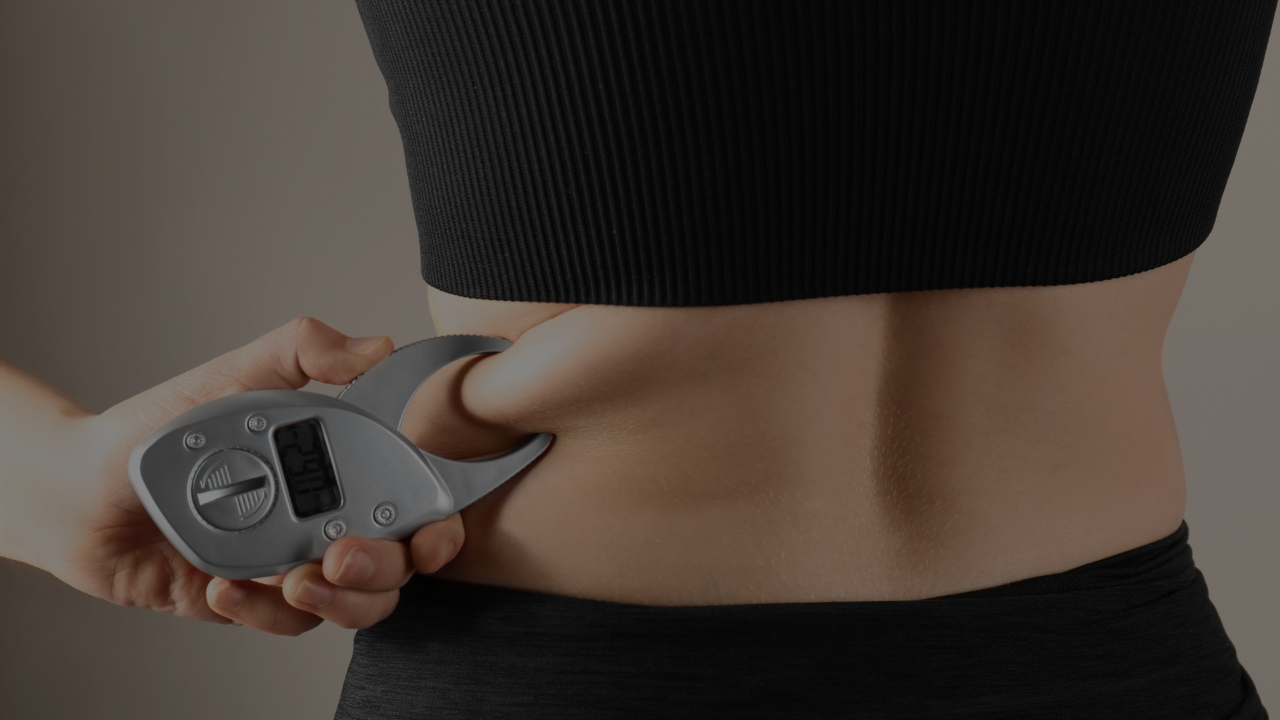Stop Obsessing Over Body Fat Tests
Apr 01, 2025
Step on your smart scale, hop on an InBody scanner, or get pinched by a set of skinfold calipers, and suddenly you’ve got a body fat percentage staring back at you.
It looks precise. But how accurate is it really?
Whether it’s handheld BIA devices, gym based machines, or even professional DEXA scans, each tool has its pros and cons.
And more importantly, each comes with a margin of error that most athletes don’t account for.
In this article, we’ll break down how the most common body composition methods work, how much trust you should place in the numbers, and what role they should realistically play in assessing your progress.
Bioelectrical Impedance (BIA)
Bioelectrical impedance analysis is one of the most common tools used by athletes. It works by sending a low-level electrical current through the body and measuring how long it takes to return. Because fat, muscle, and water all conduct electricity differently, the device estimates total body composition from that signal.
Handheld devices (like Omron) typically measure impedance through the arms only, while full body BIA machines like InBody use electrodes for the hands and feet to get a more complete reading. However, even the more sophisticated models are highly sensitive to hydration status, food intake, training status, and even time of day.
So, how accurate is it? Research shows full body BIA devices can still deviate by ±3–5% from true body fat percentage. That means your 12% reading might actually be anywhere from 9% - 15%.
It’s useful for seeing trends over time, but far from something to hang your hat on.
Skinfold Calipers: Practitioner Matters
Skinfold calipers estimate body fat by measuring subcutaneous fat at specific sites on the body - commonly 3 to 8 areas, depending on the method.
In trained hands, this can be a useful tool for tracking changes, especially when the same practitioner takes the measurements under consistent conditions.
However, here’s the issue: accuracy is heavily dependent on who’s doing the testing. If the practitioner isn’t ISAK certified (International Society for the Advancement of Kinanthropometry), the variation between testers can be huge. One person might measure your abdominal skinfold at 8 mm, another at 14 mm - just because they used a different technique or location.
The equipment matters too. Cheap plastic calipers don’t provide consistent pressure or precision, like Harpenden calipers do.
And even then, the result obtained from these tests shouldn’t be plugged into an online body fat calculator. There are dozens of equations, all with varying degrees of accuracy depending on population. Instead, the most useful approach is to track the sum of skinfolds over time. If that total is trending down, odds are you’re losing fat.
DEXA Scans: The Closest to Gold Standard
Dual-energy X-ray absorptiometry (DEXA) is considered one of the more reliable methods available for body composition. It uses low dose X-rays to differentiate between bone, lean mass, and fat tissue. It’s highly accurate in clinical settings and is often used in research.
But even DEXA isn’t perfect. It can still carry a margin of error up to ± 2%, and results can vary depending on the machine model, calibration, and technician. It’s also not always accessible, and repeat scans can be costly.
So What Should You Use?
The key takeaway here is that no tool offers a perfect measure of body fat. Each method comes with a margin of error, and it’s important to understand that. Rather than getting fixated on the number, it’s smarter to layer context:
- Track progress using multiple metrics: scale weight, measurements, photos, and performance
- Use the same method consistently under similar conditions.
- Focus on the direction you’re heading, not the number itself.
Remember, the goal isn’t to hit 10% body fat on some random device - it’s to improve your physique, feel fitter, and perform better.
The tools are just that: tools.
Know what they’re good for, where they fall short, and don’t lose sight of the bigger picture.
Looking To Drop Fat And Fuel Your Workouts? 👇
Get my FREE 7 day 2200 Calorie High-protein Fat Loss Meal Plans, built to keep you full, fuel your workouts, and help you lose fat without giving up your favourite foods.
Enter your details to grab your free copy now!
No spam here. Only quality tips and updates that help you 🤝

